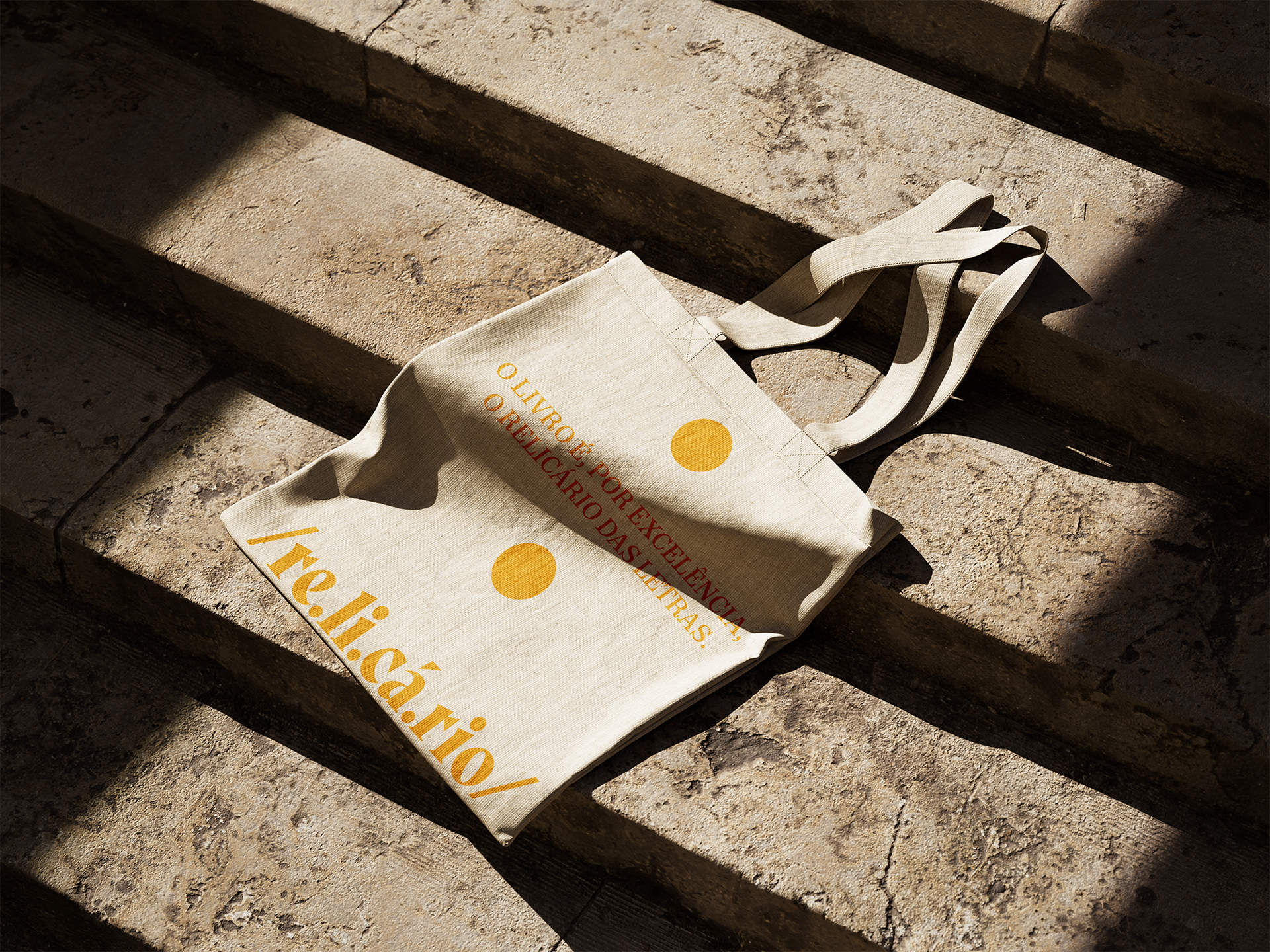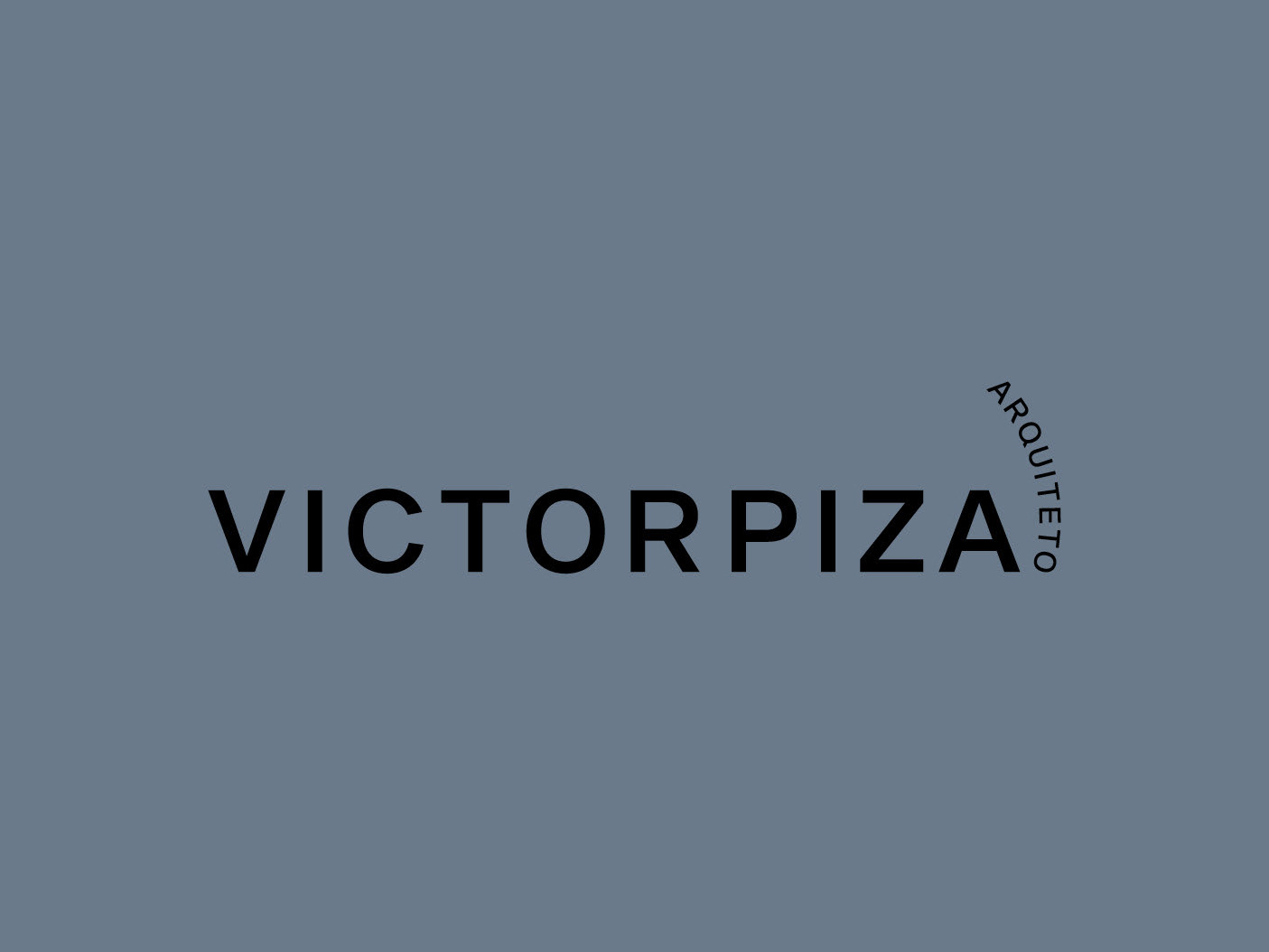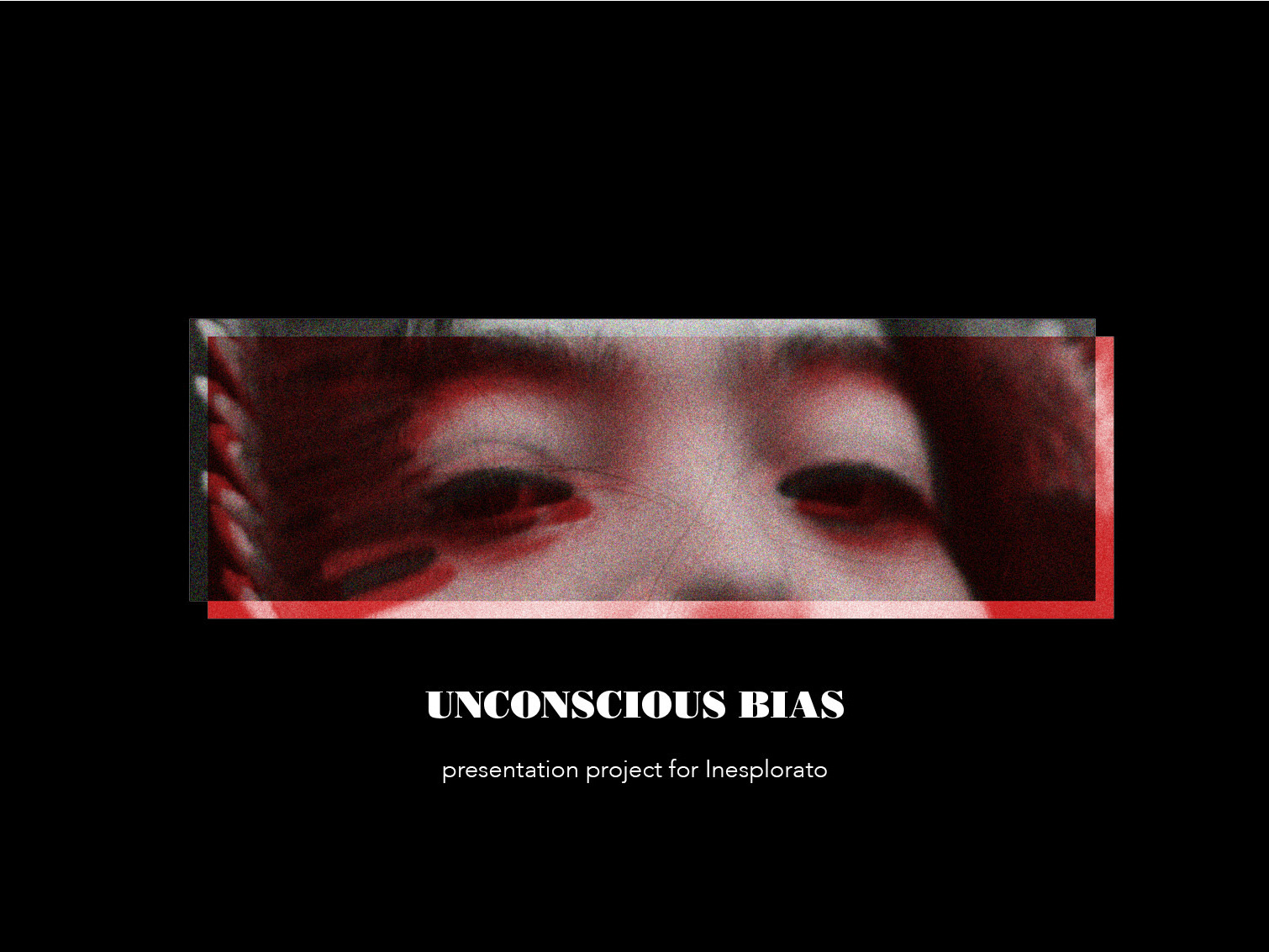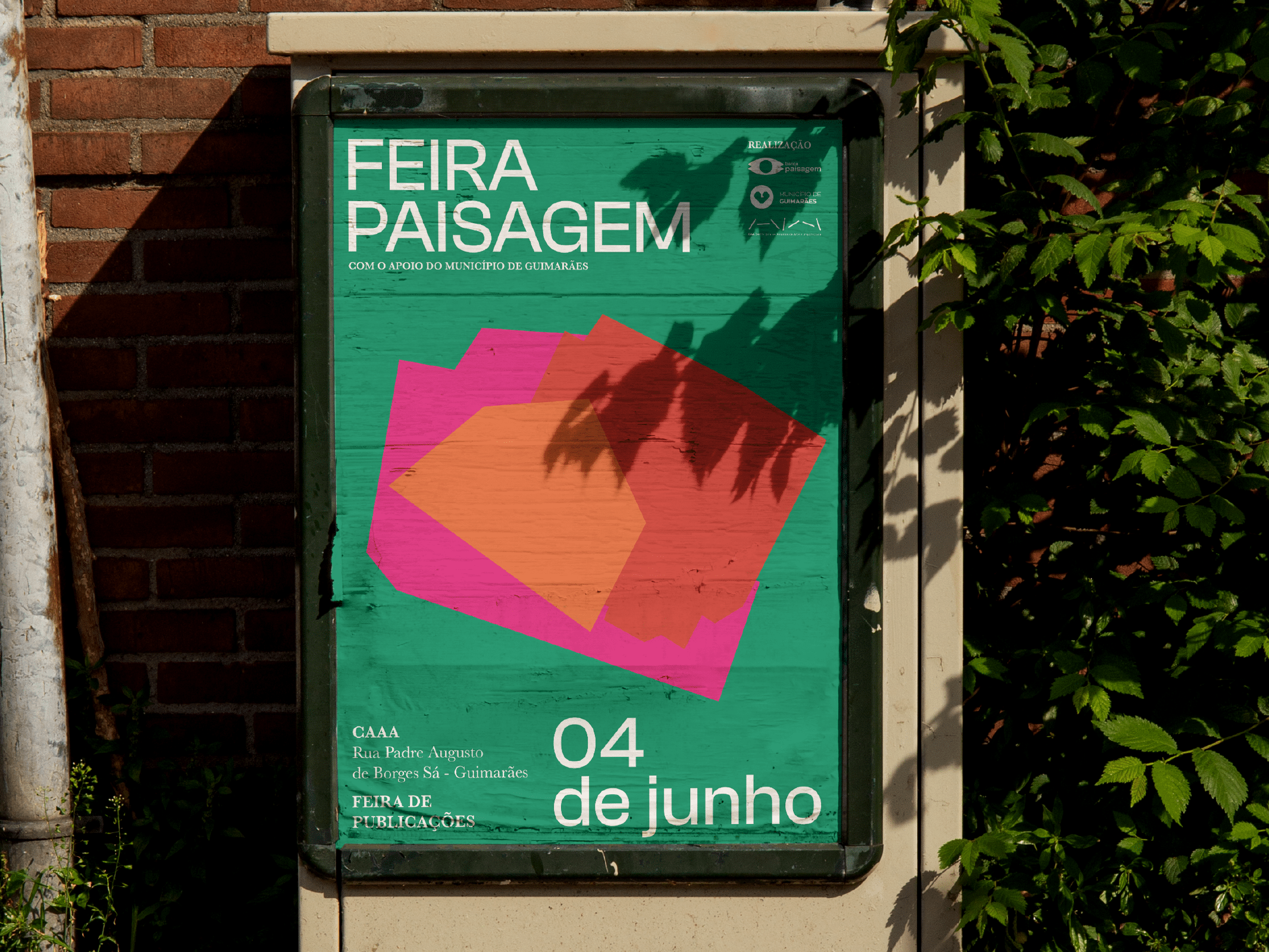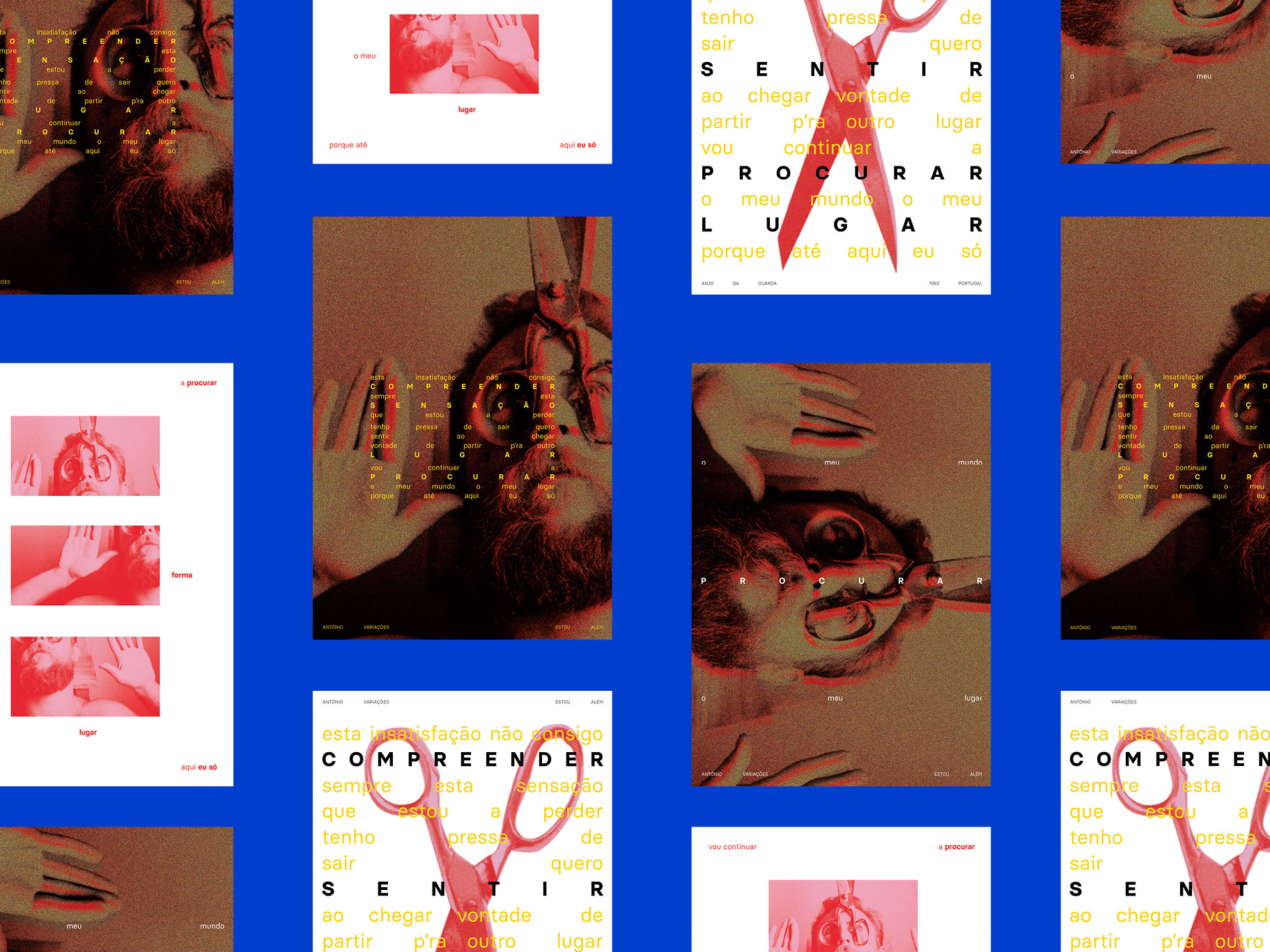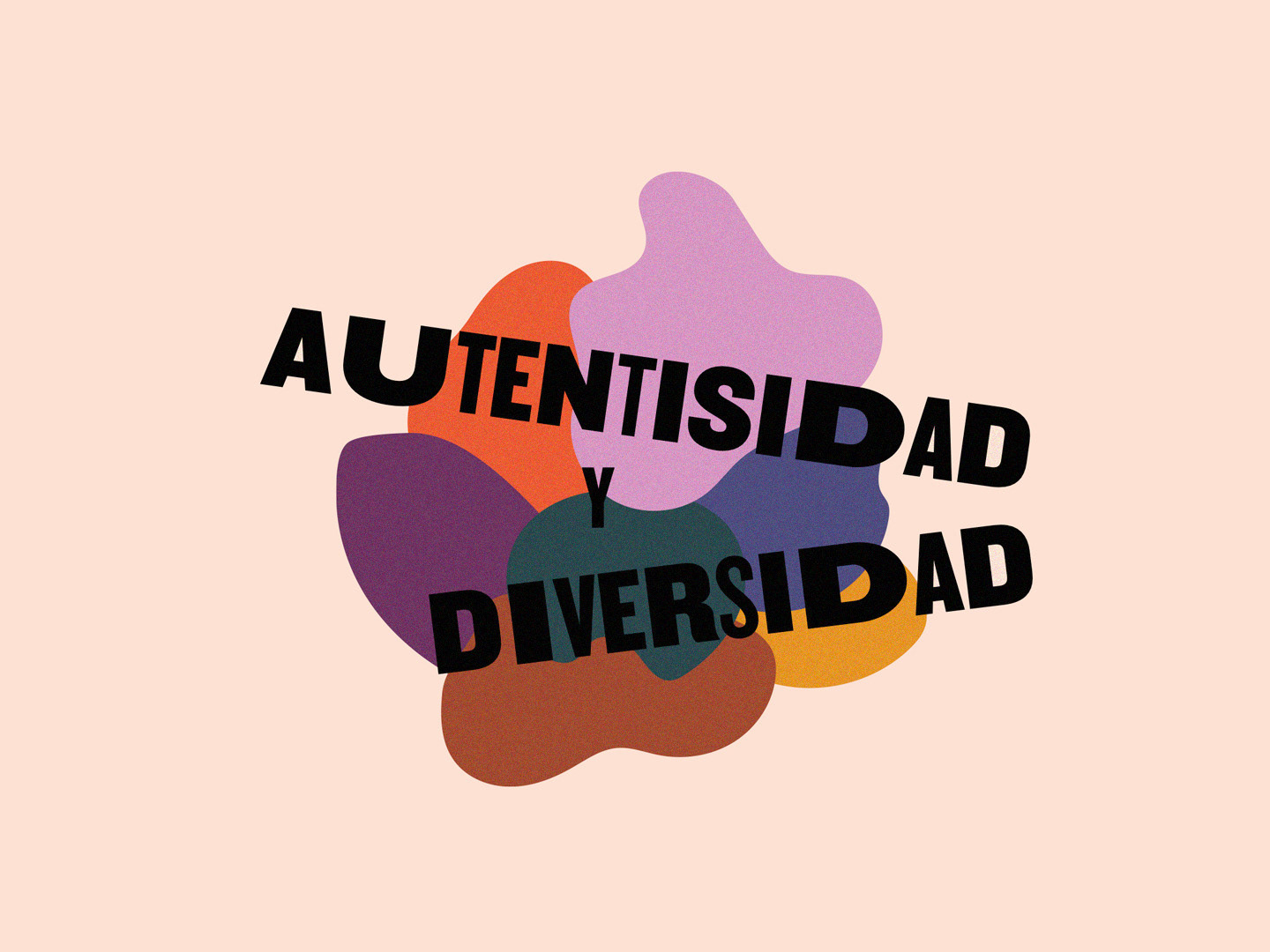FINALISTA NO PRÊMIO LOVELY, NA CATEGORIA FOTO LIVRO, ORGANIZADO PELA
Projeto Gráfico: Tamires Mazzo
Revisão: Mariana Martins
Prefácio: Nicolle Latorre
[PT] Histórias que Contam as Marés se trata de um livro que conta algumas histórias e experiências de vida de mulheres imigrantes da América do Sul na cidade do Porto em Portugal.
O livro faz parte do estudo de dissertação de mestrado Livro Objeto e Histórias de Vida: Ensaio sobre Mulheres Imigrantes da América do Sul na cidade do Porto (Mazzo. 2020)
O conteúdo textual veio de entrevistas realizadas nas quais essas mulheres confidenciaram suas memórias e vivências. Algumas fotografias presentes na narrativa do livro também são parte do acervo pessoal das mulheres entrevistadas.
Neste livro há histórias de 8 mulheres imigrantes dos respectivos países da América do Sul: Argentina, Chile, Brasil, Equador e Venezuela.
[EN] "Histórias que Contam as Marés" is a book that tells some stories and life experiences of immigrant women from South America in the city of Porto, Portugal. It is a part of the master's dissertation study "Book Object and Life Stories: Essay on Women Immigrants from South America in Porto" (Mazzo. 2020). The textual content came from interviews in which these women confided their memories and experiences. Some photographs in the book's narrative are also part of the personal collection of these immigrant women. In this book there are stories of 8 immigrant women from their respective South American countries: Argentina, Chile, Brazil, Ecuador and Venezuela.
[PT] Como já foi citado, o livro contém 8 histórias de vida de mulheres imigrantes sul latino-americanas que vivem ou viveram cidade do Porto. Essas histórias vieram por meio de entrevistas, a qual fiz para a realização do livro. As mulheres entrevistadas me concederam confidencialmente suas experiências e vivências como mulheres imigrantes, e suas trajetórias até chegarem a cidade do Porto.
As entrevistas foram gravadas, e posteriormente foi criado um roteiro, para assim criar um ritmo editorial, e uma coerência na organização textual. Ou seja, foi feito um trabalho de storytelling cuidadoso, para mostrar a potência dessas histórias.
O livro foi organizado seguindo a organização do mapa da América do Sul, de baixo para cima, para passar a sensação de saída, já que se trata de um livro sobre mulheres imigrantes, e diante disso o livro segue a seguinte organização de países: Argentina, Chile, Brasil, Equador e Venezuela. Como no livro não há capítulos, e nem número de páginas, que é na intenção de demonstrar que essas histórias não há fim e sim continuidade, foram utilizados alguns elementos visuais para o leitore identificar que há uma nova história se iniciando.
Os elementos foram, o uso do papel autocopiativo colorido (que abordo mais adiante) e as páginas duplas (as vezes não duplas) quando se encerra a história. Isso porque, as páginas duplas do restante do livro e de cada história são em sépia mas com alguma característica em azul, que é a cor das marés e a cor do carbono que o papel autocopiativo solta. E esse azul nas imagens se sobressai como um rastro, dando a entender que a cada lugar que essas mulheres passaram tem um pouco (ou muito) delas agora. Ou seja, quando a história da respectiva mulher do livro se encerra, a apresentação da página dupla com a fotografia toda em azul mostra que o lugar agora faz parte por inteiro dessa mulher.
[EN] As already mentioned, the book contains 8 life stories of South American immigrant women who live or have lived in Porto. These stories came through interviews, which I did for the book. The women interviewed confidentially granted me their experiences and experiences as immigrant women, and their trajectories until they arrived in the city of Porto.
The interviews were recorded, and later a script was created, in order to create an editorial rhythm, and a coherence in the textual organization. In other words, a careful storytelling work was done, to show the power of these stories.
The book was organized following the organization of the map of South America, from bottom to top, to pass on the feeling of exit, since it is a book about immigrant women, and in front of this the book follows the following country organization: Argentina, Chile, Brazil, Ecuador and Venezuela. As there are no chapters in the book, and no number of pages, which is in the intention of demonstrating that these stories have no end but continuity, some visual elements have been used for the reader to identify that there is a new story beginning.
The elements were, the use of colored carbonless paper (which I will cover later) and the double pages (sometimes not double) when the story is closed. This is because the double pages of the rest of the book and each story are sepia but with some characteristic blue, which is the colour of the tides and the colour of the carbon that the carbonless paper releases. And this blue in the images stands out as a trail, giving the impression that every place these women have passed has a little (or a lot) of them now. That is, when the story of the respective woman in the book closes, the presentation of the double page with the photo all in blue shows that the place is now a part of this woman.
”É impossível se envolver direito com um lugar ou uma pessoa sem se envolver com todas as histórias daquele lugar ou daquela pessoa”
(ADICHIE NGOZI, CHIMAMANDA. 2019, p. 21).
[PT] O Projeto Gráfico do livro foi norteado pelas histórias das mulheres imigrantes entrevistadas. Em conjunto com os estudos sobre Feminismo do Sul global, a Interssecionalidade e a Feminização da Imigração de mulheres latino-americanas, foi possível construir um livro que desse voz a histórias que muitas vezes não é dada a devida atenção. O livro como espaço democrático de manifestação artística, mostra entre forma e conteúdo suas múltiplas possibilidades.
[EN] The graphic design of the book was guided by the stories of the immigrant women interviewed. In conjunction with studies on Global Southern Feminism, Intersectoriality, and the Feminization of Immigration of Latin American Women, it was possible to construct a book that would give voice to stories that are often not given due attention. The book, as a democratic space for artistic expression, shows between form and content its multiple possibilities.
[PT] As folhas onde estão os textos impressos é em papel autocopiativo (papel químico) colorido, foram utilizadas 5 cores, pois no livro há 8 histórias de mulheres imigrantes da América do Sul de 5 países diferentes, e assim cada país indica uma cor do papel, assim indicando ao leitore que uma nova história de um novo país vai se iniciar.
Ao se manusear o livro, o carbono contido na composição do papel autocopiativo vai soltando-se, e "sujando" o livro, de forma que trás mais proximidade do leito ao tatear o livro.
Vale adicionar que o papel autocopiativo se apresenta no livro também para trazer uma identidade de burocracia, pois esse suporte é ainda muito utilizado em processos de documentação de viés burocrático, visto que é também uma condição da mulher imigrante passar por essas burocracias.
Assim como a tipografia dos textos no papel, que é a Basier Square Mono, uma mono-espaçada, que é uma tipografia característica de documentos.
[EN] The sheets where the printed texts are is on colored carbon paper, 5 colours were used, because in the book there are 8 stories of women immigrants from South America from 5 different countries, and thus each country indicates a colour of the paper, thus indicating to the reader that a new story of a new country will begin. When handling the book, the carbon contained in the composition of the carbonless paper is released, and "dirtying" the book, so that it brings more proximity to the bed by groping the book. It is worth adding that the carbonless paper is also presented in the book to bring an identity of bureaucracy, because this support is still widely used in bureaucratic bias documentation processes, since it is also a condition for immigrant women to go through these bureaucracies. So is the typography of the texts on paper, which is the Basier Square Mono, a mono-spaced, which is a characteristic typography of documents.
“A forma como vemos as coisas é afetada pelo que conhecemos ou por aquilo que acreditamos”
(BERGER. 2018, p.18).
[PT] As imagens do livro são parte do acervo pessoal das mulheres entrevistas, e parte do meu acervo pessoal. Tive uma curadoria muito extensa e cuidadosa. Até imagens do Google Street View estão presentes no livro. Essa forma de curadoria foi em torno dos estudos sobre imagem do John Berger.
[EN] The images in the book are part of the personal collection of women interviews, and part of my personal collection. I have had a very extensive and careful curating. Even images from Google Street View are present in the book. This form of curating was around John Berger's image studies.
Obrigada a TODAS as mulheres que tornaram possível este projeto.
E obrigada a TODAS as mulheres imigrantes do Sul global.
Fotos por Lucas Menezes | Photos by Lucas Menezes
Este livro foi impresso na gráfica Saúde Sá LTDA - Porto Portugal. E encadernado por Ana & Carvalho. Papel Coral Book e Autocopiativo, tipografia Basier Square Mono.


